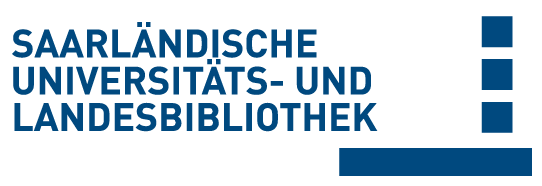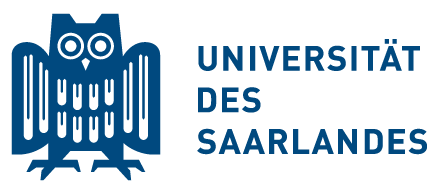Bitte benutzen Sie diese Referenz, um auf diese Ressource zu verweisen:
doi:10.22028/D291-30113 | Titel: | Optimized Xenograft Protocol for Chronic Lymphocytic Leukemia Results in High Engraftment Efficiency for All CLL Subgroups |
| VerfasserIn: | Decker, Sarah Zwick, Anabel Khaja Saleem, Shifa Kissel, Sandra Rettig, Andres Aumann, Konrad Dierks, Christine |
| Sprache: | Englisch |
| Titel: | International Journal of Molecular Sciences |
| Bandnummer: | 20 |
| Heft: | 24 |
| Verlag/Plattform: | MDPI |
| Erscheinungsjahr: | 2019 |
| Freie Schlagwörter: | CLL xenograft microenvironment |
| DDC-Sachgruppe: | 610 Medizin, Gesundheit |
| Dokumenttyp: | Journalartikel / Zeitschriftenartikel |
| Abstract: | Preclinical drug development for human chronic lymphocytic leukemia (CLL) requires robust xenograft models recapitulating the entire spectrum of the disease, including all prognostic subgroups. Current CLL xenograft models are hampered by inefficient engraftment of good prognostic CLLs, overgrowth with co-transplanted T cells, and the need for allogeneic humanization or irradiation. Therefore, we aimed to establish an effective and reproducible xenograft protocol which allows engraftment of all CLL subtypes without the need of humanization or irradiation. Unmanipulated NOD.Cg-PrkdcscidIl2rgtm1Sug/JicTac (NOG) mice in contrast to C.Cg-Rag2tm1Fwa-/- Il2rgtm1Sug/JicTac (BRG) mice allowed engraftment of all tested CLL subgroups with 100% success rate, if CLL cells were fresh, injected simultaneously intra-peritoneally and intravenously, and co-transferred with low fractions of autologous T cells (2%–4%). CLL transplanted NOG mice (24 different patients) developed CLL pseudofollicles in the spleen, which increased over 4–6 weeks, and were then limited by the expanding autologous T cells. Ibrutinib treatment studies were performed to validate our model, and recapitulated treatment responses seen in patients. In conclusion, we developed an easy-to-use CLL xenograft protocol which allows reliable engraftment for all CLL subgroups without humanization or irradiation of mice. This protocol can be widely used to study CLL biology and to explore novel drug candidates. |
| DOI der Erstveröffentlichung: | 10.3390/ijms20246277 |
| Link zu diesem Datensatz: | urn:nbn:de:bsz:291--ds-301134 hdl:20.500.11880/30167 http://dx.doi.org/10.22028/D291-30113 |
| ISSN: | 1422-0067 |
| Datum des Eintrags: | 9-Dez-2020 |
| Bezeichnung des in Beziehung stehenden Objekts: | Supplementary Materials |
| In Beziehung stehendes Objekt: | http://www.mdpi.com/1422-0067/20/24/6277/s1 |
| Fakultät: | M - Medizinische Fakultät |
| Fachrichtung: | M - Infektionsmedizin |
| Professur: | M - Keiner Professur zugeordnet |
| Sammlung: | SciDok - Der Wissenschaftsserver der Universität des Saarlandes |
Dateien zu diesem Datensatz:
| Datei | Beschreibung | Größe | Format | |
|---|---|---|---|---|
| ijms-20-06277.pdf | 3,52 MB | Adobe PDF | Öffnen/Anzeigen |
Diese Ressource wurde unter folgender Copyright-Bestimmung veröffentlicht: Lizenz von Creative Commons


